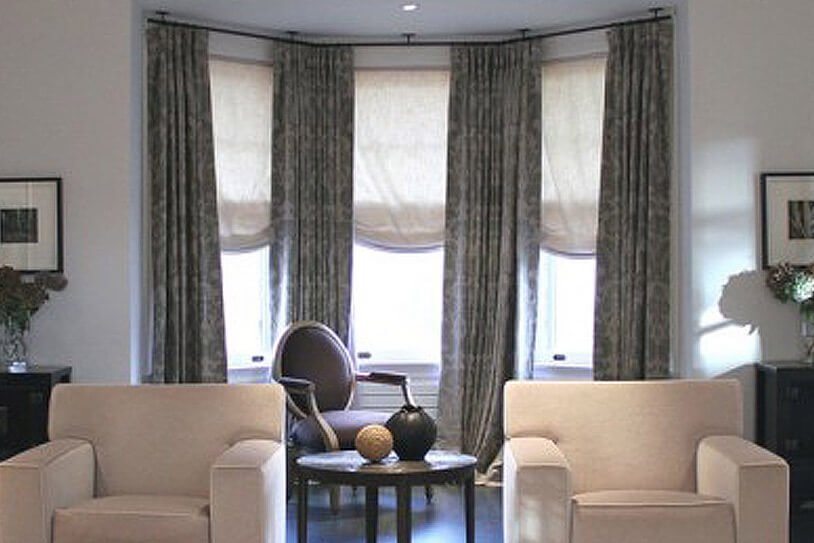NO OBLIGATION
Your Journey to a Beautiful Home Starts at Sunshine Drapery
Receive a complimentary professional in-home design consultation today!

If you are planning to Buy strong home windows, you may be wondering whether to get Bow windows or bay windows? This question is as common in home design as "White or wheat?" is in bread choices. Similarly, which one you pick depends on what it's going with. These two types of window installation are similar in that they both project from your house and add to the feeling of a more spacious room. Both capture more daylight than a flat window, and both are very appealing to potential buyers. There are also differences:
)
Receive a complimentary professional in-home design consultation today!